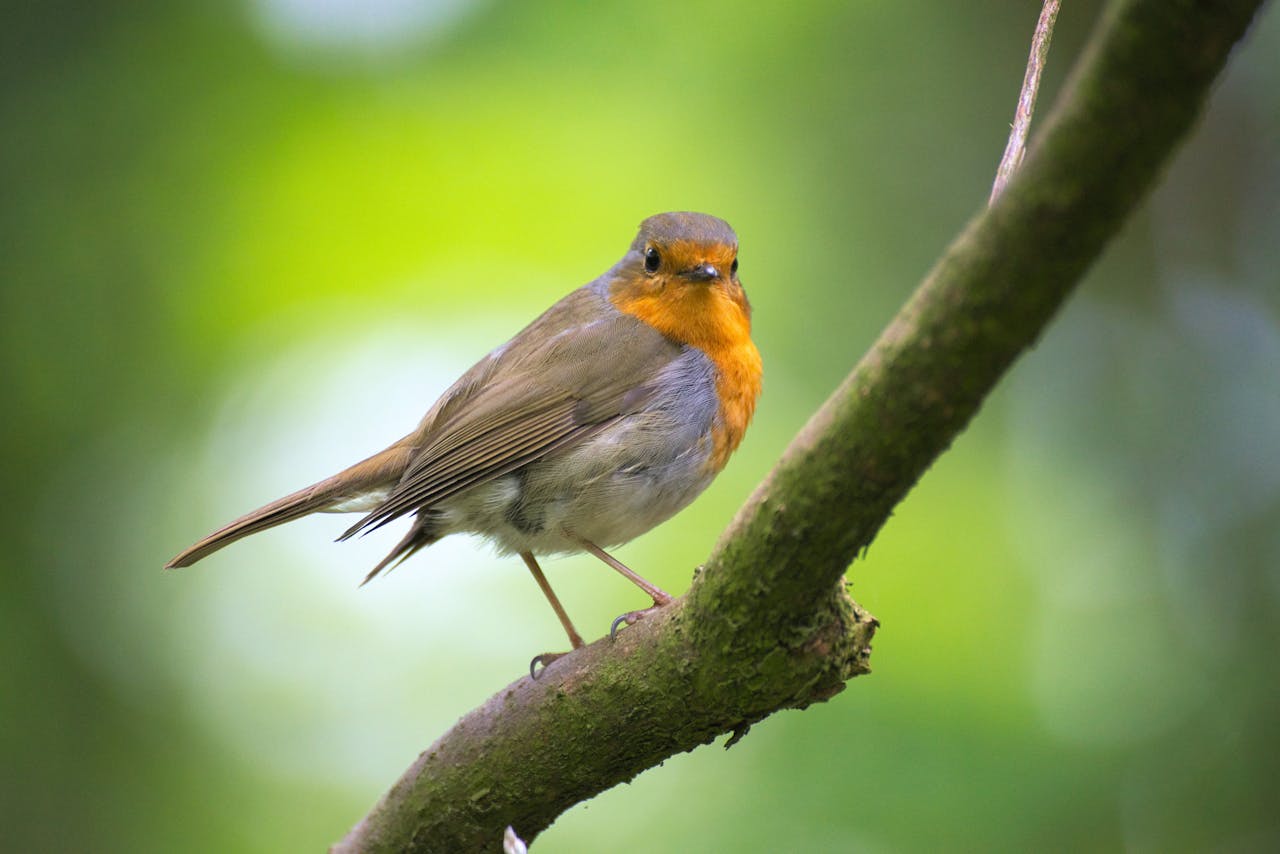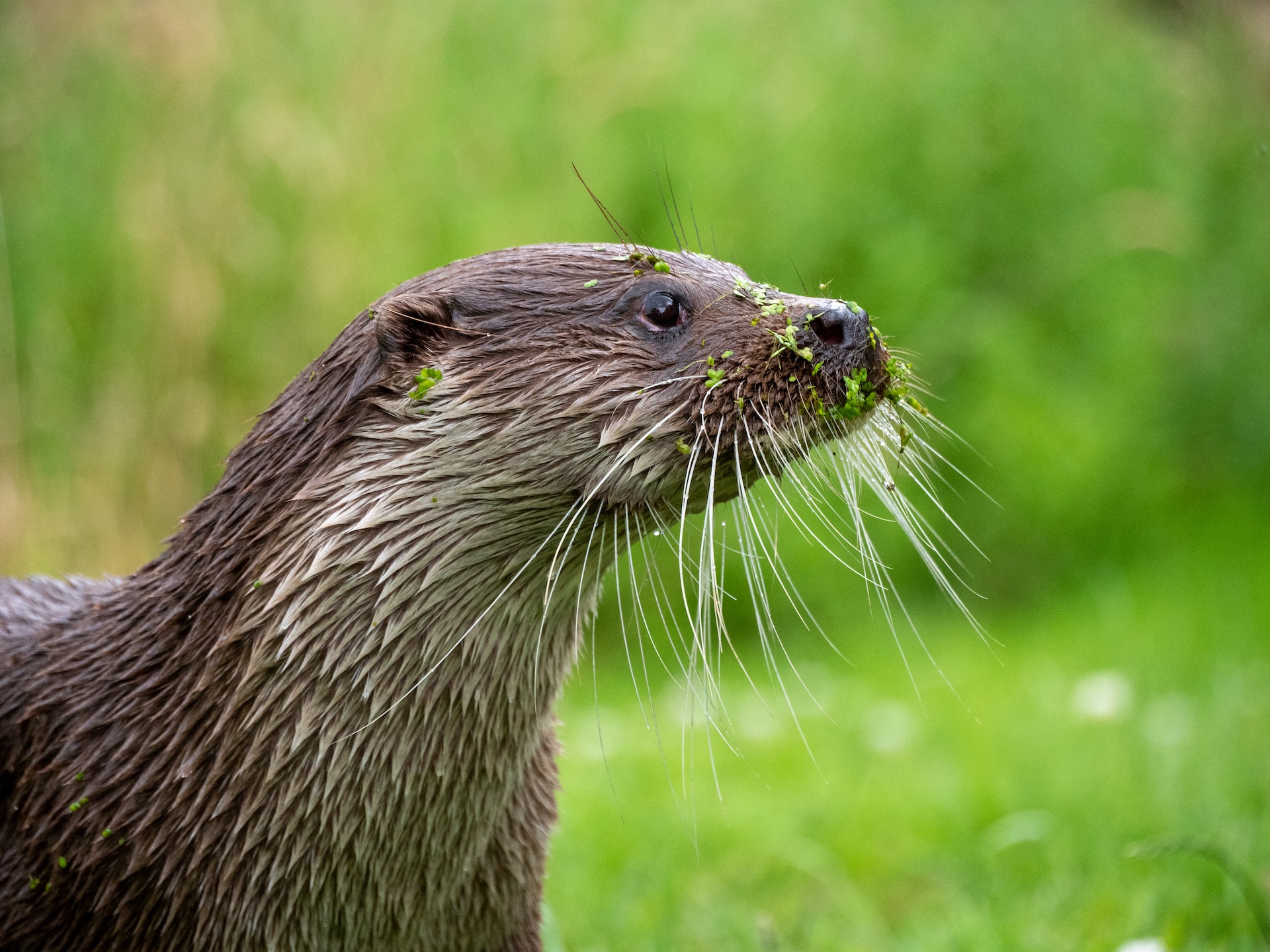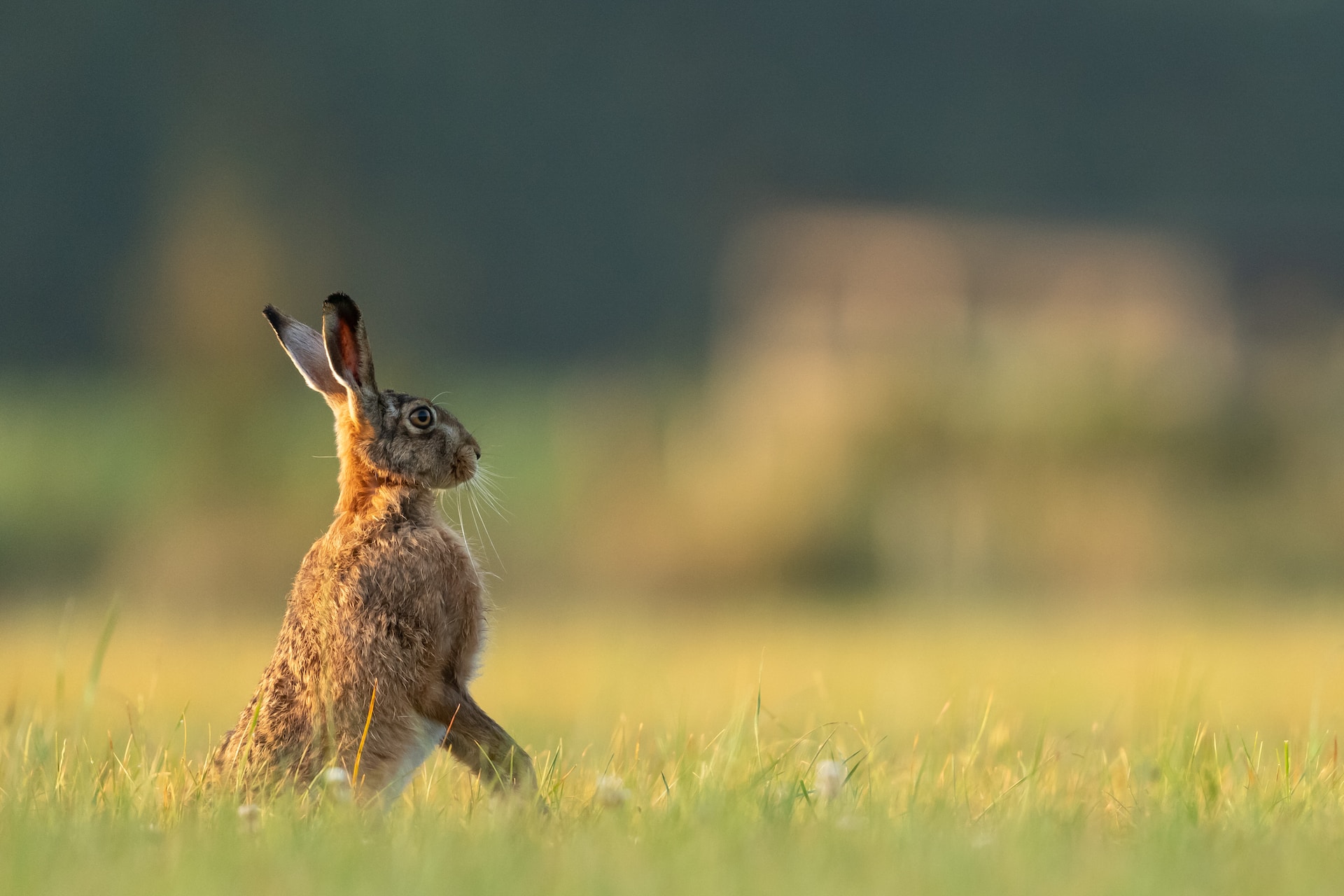How to help garden birds
The drop in our garden bird numbers is linked to wider threats to biodiversity for our wildlife. From habitat loss to changes in farming practices, the challenges are growing.
However, there is hope. Conservation efforts, supported by organizations like the RSPB, have demonstrated that when communities unite for nature, remarkable recoveries are possible. Species once on the brink of extinction in the UK have been successfully reintroduced, emphasising the power of collective action in conservation.
At home, you can create bird-friendly habitats in our green spaces by letting parts of your garden grow wild - this provides a vital habitats for insects, a crucial food source for many birds. If you feed the birds in your area, consider using different types of feeders and food. Hang plastic feeders filled with sunflower hearts for Finches and Sparrows, while mesh feeders with peanuts are ideal for Tits.
Fat balls in mesh feeders also appeal to Tits and Sparrows, but avoid using nylon mesh bags for peanuts and fat balls (like the packaging they are often sold in), as this can trap birds' feet or beaks, causing injuries.
For agile species like Tits, Nuthatches, and Woodpeckers, fill holes or cracks in posts or suspended logs with suet. Ground-feeding birds like Thrushes and Dunnocks prefer food scattered on the lawn or placed in ground feeding trays away from cover to avoid predators. It's a good idea to feeding locations regularly, especially in snowy conditions, to minimise competition among birds. Always avoid giving birds salted food (it dehydrates them), cooked food (it can attract pests like rats) or dry hard food like bread (as baby birds can choke on it).
Each of us has a role to play in ensuring that our garden birds continue to thrive for generations to come.



